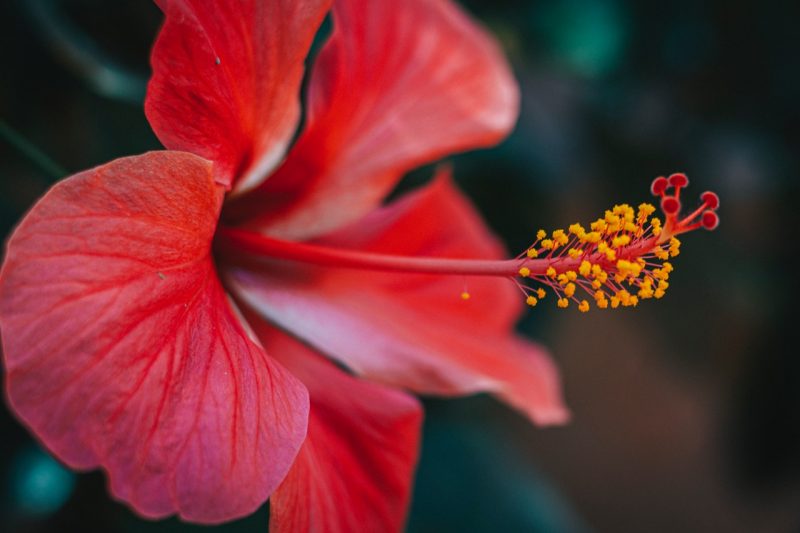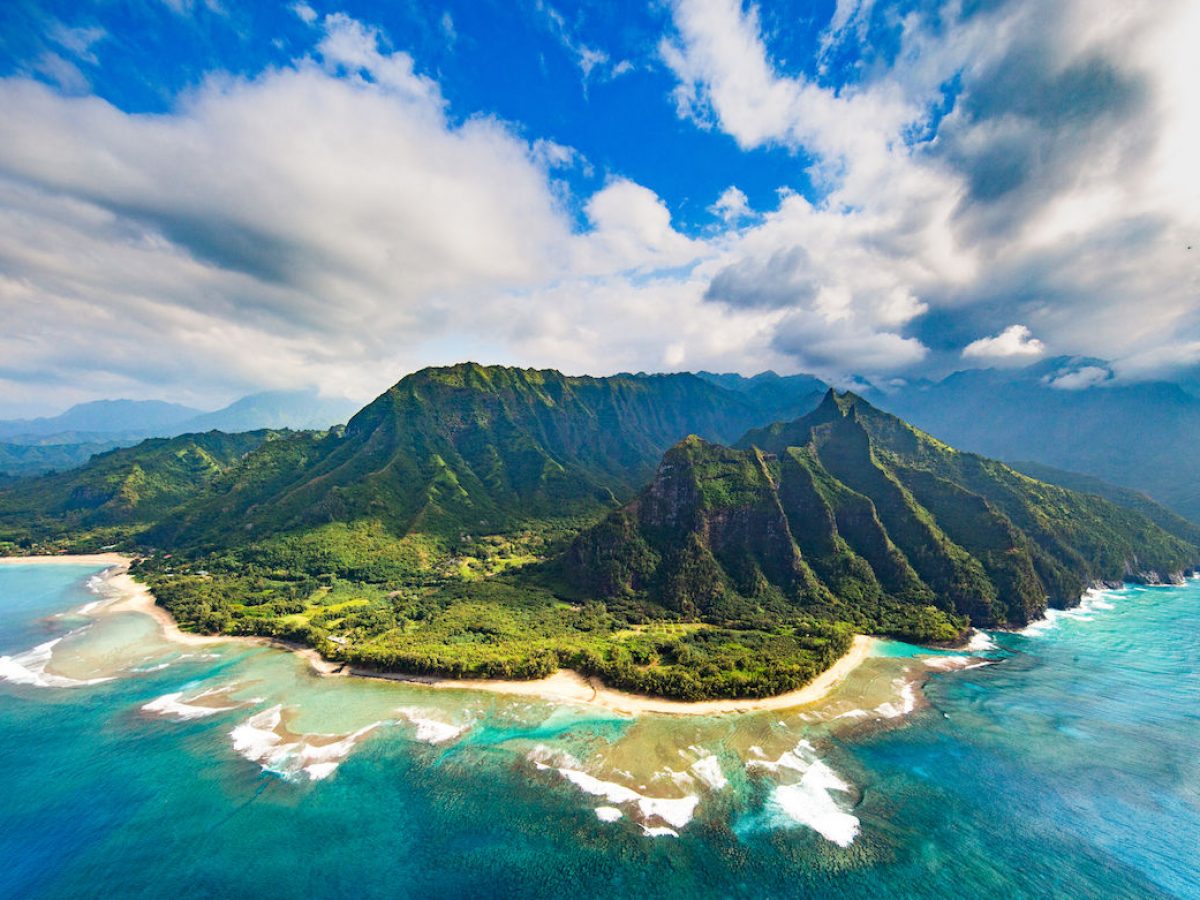All the planning, packing, and boarding are behind you, and now you are settled comfortably on the plane as you float high above the clouds to visit Kauai. Your seat is reclined, your plastic cup of celebratory champagne sits empty on the tray table, and your nine-year-old son is next to you reading his book. Your eyes close and you blissfully start to doze off, dreaming of your impending arrival in Kauai.
Your son taps your arm.
You open one eye. “What’s up, buddy?”
“You said Kauai is called The Gardening Island?”
“The Garden Isle,” you correct, closing your eye again.
“But why do they call it that?”
“Lots of plants.” You hope this will satisfy him, and that he’ll go back to Percy Jackson. He is quiet for a moment. Then:
“Don’t the other Hawaiian islands have lots of plants, too? . . . And what kind of plants? Like coconuts and pineapples? Who takes care of all of that?”
You sigh, then ease your seat back up. Despite your desire for a trans-Pacific nap, you love his inquisitiveness, his intellectual curiosity — and, yes, his cute little voice.
“Let’s find out.” You pull out your laptop, do a quick search and start to read to him:
“Why Kauai is Called the Garden Isle”
Five million years ago, activity brewing beneath the Pacific Tectonic Plates hit a hot spot and erupted into a gigantic fountain of molten magma, creating a volcano that towered more than 10,000 feet above sea level. This volcanic mass eventually cooled and became the island we now know as Kauai — the first in a chain of volcanoes that over millions of years created the rest of the Hawaiian Islands. (In fact, the Big Island of Hawaii is still evolving to this day!) Kauai is the oldest and northernmost island in the Hawaiian chain of islands and is covered in tropical rainforests, emerald valleys, sharp mountain spires and jagged cliffs with cascading waterfalls.
Two enormous main peaks were formed on Kauai: Mount Waialeale and Kawaikini. A portion of the mass shrunk inward to become a crater that is home to Alakai Swamp — the largest high-elevation swamp in the world — and part of it formed the mouth of the Waimea, the longest and only navigable river in the Hawaiian Islands. Eruption-erosion also created the 3,000-foot-deep Waimea Canyon, a massive gorge nicknamed “The Grand Canyon of the Pacific” because of its spectacular beauty. Over millions of years, wind, water and waves carved the island into the tropical paradise it is today, filled with soaring cliffs with valleys that plunge straight into the sea, swollen rivers that feed into cascading waterfalls, dense jungle vegetation that looks right out of your Hawaiian dreams, mountains covered in velvet greenery, and an array of brilliant flower and animal species found nowhere else on earth.
You look at your son and say, “Wow. Mother Nature was kinda showing off when she created Kauai.”
“Keep reading, mom.”
Due to the island’s age, Kauai flora has had an extraordinarily long time to achieve this level of lushness and diversity, and because Kauai sits so far to the north, it enjoys endemic foliage found only within its boundaries. Kauai’s unusual topography means that almost 90 percent of the island is accessible only by helicopter or on foot — keeping most of the landscape totally pristine. Furthermore, Kauai’s strict ordinance that no building can be taller than a coconut tree keeps the coastlines underdeveloped, and because its rainforests are contained by nearly impenetrable mountain ranges, the island’s interior has completely defied civilization. All of this leads plant life to thrive, thrive, thrive!

Kauai’s ideal weather conditions also encourage foliage to flourish: Mount Waialeale is the second wettest spot on earth, averaging 460 inches of annual rainfall. This, along with myriad microclimates, humidity, abundant sunshine and oxygen-rich air, allows Kauai’s tropical landscape to grow thick, wild and unfettered. Thanks in part to this climate, the largest coffee plantation in the United States is found on the Garden Isle’s South Shore, and dense rainforests brim with vibrant flora like birds of paradise, red ginger, magenta bougainvillea, hibiscus, fragrant plumeria, spider lilies, nasturtium, cacti, and sprawling ferns. With all of this tropical abundance, you can’t help but feel a natural serenity here. Hiking trails in Kauai leads to epic sceneries and can make you one with nature itself. And if you’re a fruit lover, Kauai offers a bounty of mangoes, lilikoi, breadfruit, dragonfruit, starfruit, coconuts, bananas, guavas, sugarloaf pineapples and sweet, spiny-hairy rambutans.
You look over at your son, wide-eyed.
“I can’t wait to see it,” he enthuses. “I’d even try one of those hairy ram-button things. . . maybe.”
“I will if you will,” you say.
You close your laptop, lie back and close your eyes again. Your son leans over and whispers conspiratorially, “Maybe someday, mom, I could be a gardener on the Garden Isle. I’ll bet it never gets old!”
You smile, and though you’d really love that nap right about now, you think to yourself: Chatting with you, buddy — THAT is what will never get old.
For the perfect vacation and Kauai acvitities, Koloa Landing the best Kauai beach resort is here to help. Click here to claim your very own villa in the heart of Kauai’s Garden Isle. (Fresh rambutans in season September to March if you’re game!)
